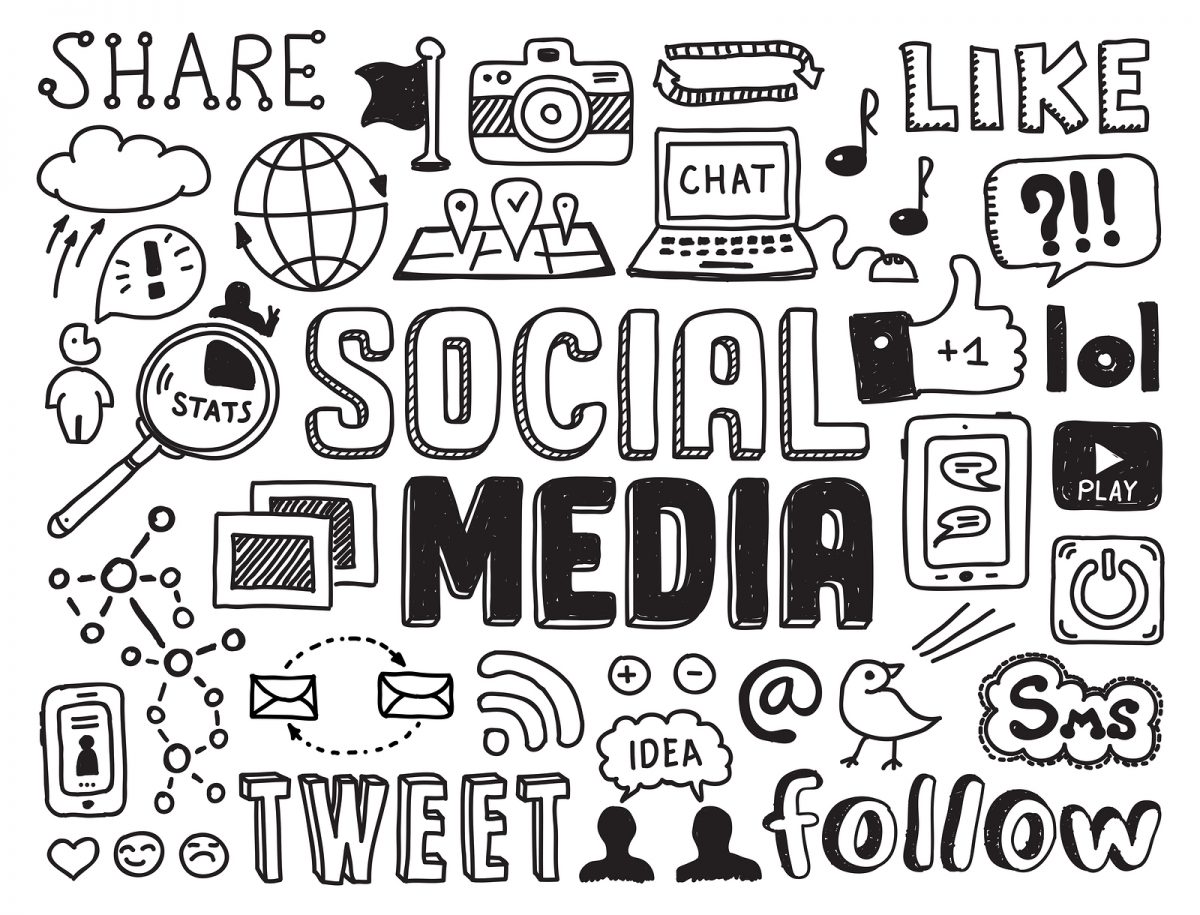 During my days as a newspaper reporter and editor, I was always on the lookout for story ideas.
During my days as a newspaper reporter and editor, I was always on the lookout for story ideas.
More often than not, these ideas didn’t come through news releases or pitches.
They came through something I observed. Through a conversation with a neighbor. Or through something I overheard in the checkout line at the grocery store.
More recently, these ideas came through my Twitter feed, a conversation on LinkedIn or a message on Facebook.
And I wasn’t alone.
According to Cision’s 2015 Global Social Journalism Study, 94 percent of journalists are using social media on a daily basis — with 67 percent spending up to two hours a day. In the U.S., 25 percent of journalists report that they use social media to make new contacts and 12 percent report that they have published stories based on information found on social media.
Social media provides reporters with an always-updating stream of potential story ideas — and many journalists rely on their feeds on Twitter and Facebook as a way to connect with concepts and trends that shape their reporting.
As a result, social media is an important tool for savvy media-relations professionals who are looking to get their organizations and their work in front of reporters and editors.
Of course, this doesn’t mean that you should instantly start tweeting story pitches at reporters.
Instead, your best path is to use social media to develop relationships with journalists that are of high value to your nonprofit. As you do so, you’ll build a level of credibility that can help you get contacted and — later — pitch ideas.
Below are five strategies for using social media to your advantage in media relations.
Gather Intelligence
Want to pitch a story idea to a reporter? It helps to understand his or her interests.
Social media offers you an opportunity to learn about what makes that reporter tick.
Many reporters are regular users of Twitter. In fact, the Cision study found that 71 percent of U.S. journalists are using the platform.
And they don’t just Tweet about what they’ve written or reported. Often, they will share stories or ideas from others that offer a window into topics and issues that they find interesting or newsworthy.
As a result, if there are specific journalists or bloggers who are important targets, it’s useful to follow them on Twitter, on their professional Facebook pages, on Instagram or through LinkedIn.
These networks can offer a great window into their work — and provide you with insights that can help you with your next pitch.
Build Relationships
Journalists have been facing a lot of heat lately. But, believe it or not, many of them are approachable.
This is especially true on social media. More than two-fifths of journalists in the Cision study say they reply to comments on social media sites.
Don’t be afraid to post thoughtful replies or comments to Tweets and posts from journalists. They might not always reply back, but well-placed comments can lead to conversations. And those conversations can ultimately lead to relationships.
Respond to Breaking Events
When news breaks, many news organizations will deploy a reporter to follow what’s happening on social media to gauge reactions and gather information.
If a breaking story relates to your mission, you stand a good chance of attracting the attention of journalists if your organization is sharing information and facts that can help put the situation into context.
If conversations about that story are getting organized around a specific hashtag, be sure to use that tag on any content you share. Posting facts, insights and links will not only help the public understand what’s happening, it can send a signal to journalists that your organization knows its stuff and is worth contacting for an interview.
And even if it doesn’t lead to an interview, it could lead to a spot in their news coverage. A growing number of news organizations publish tweets as they are covering events. If your organization’s tweet gets picked up, it could help position you as a thoughtful voice.
Promote Your Thought Leadership
If your organization has a blog or produces regular online content, it should already be sharing that content on social media.
But if it isn’t, here’s an argument for changing that practice — it can get the attention of journalists.
Reporters and editors will often read blogs from thought leaders in their coverage areas. And they’re more likely to be finding those blogs if they see them in their social feeds.
Make Your Pitch
It’s not out of bounds to use a social networking site to pitch a reporter directly.
Usually, the best avenue for making a pitch to a reporter on social media is to do it privately — through a direct message on Twitter or through Facebook Messenger. This is not only more likely to get the reporter’s attention, but it also makes it easier to have a conversation, since it’s not being broadcast to every one of your friends and followers.
Such pitches can be effective. My Nonprofit Marketing Guide colleague Antionette Kerr — who writes regularly for her local newspaper in North Carolina — told me that she wrote a recent column after receiving a note through Facebook Messenger. The person who made the pitch worked for a local library and noted in her pitch that she noticed Antionette’s fondness for posting items on Facebook about books and reading.
The pitch worked, in part, because it directly tied to Antionette’s interests.
The person who made the pitch took the time to get to know Antionette and follow her before making her move.
The lesson: social media can be effective if you use it smartly and tactfully.






